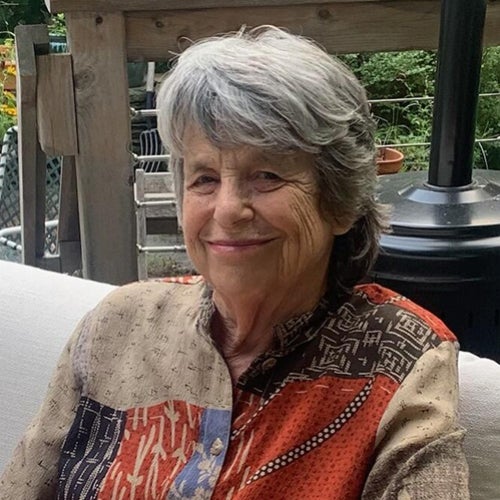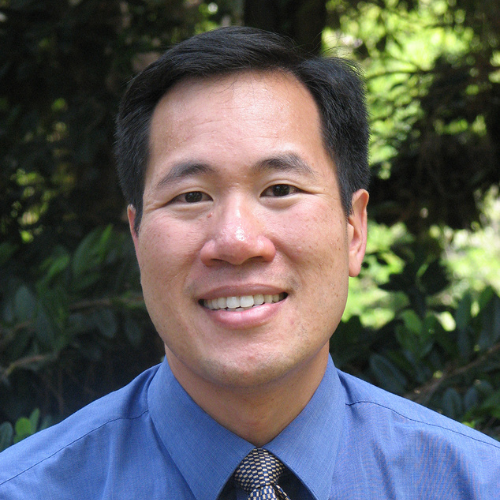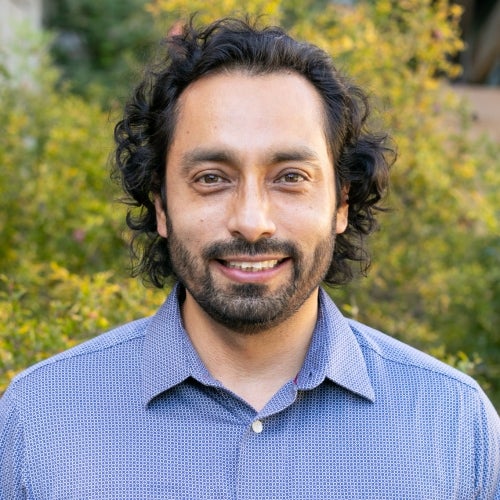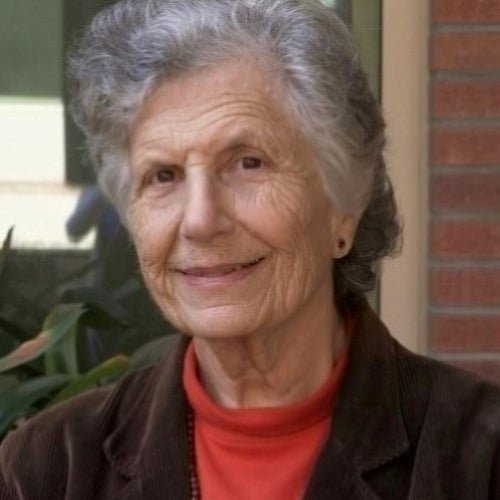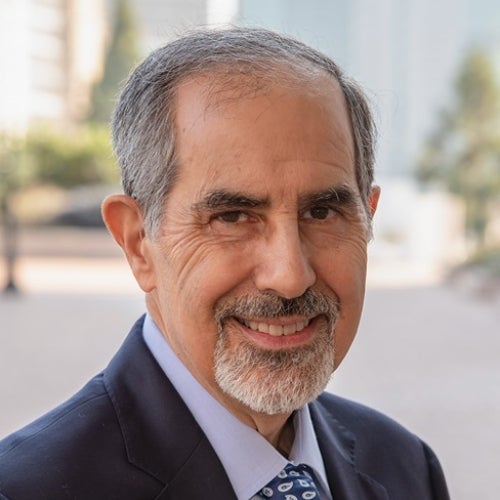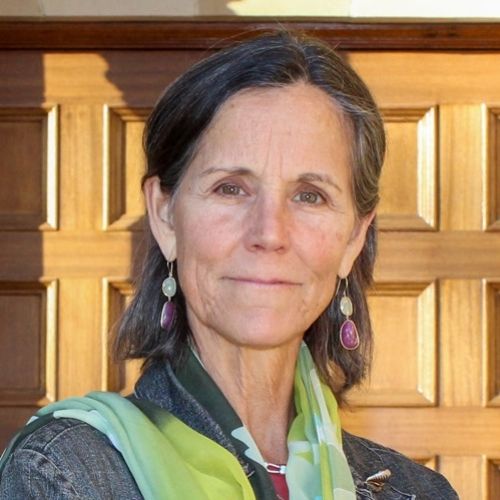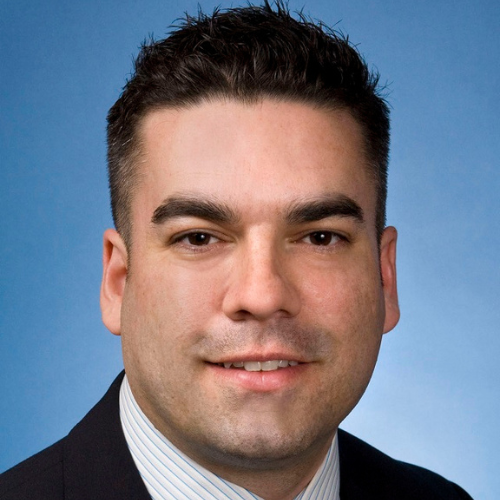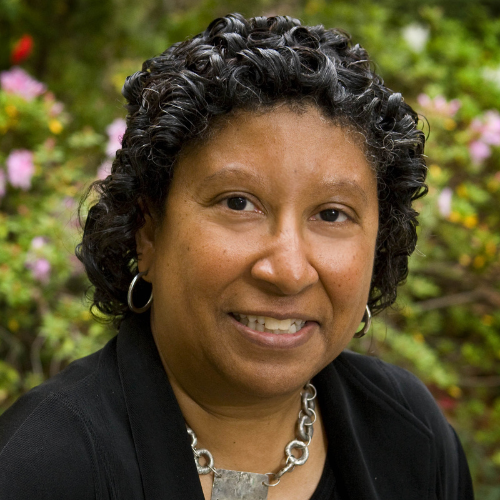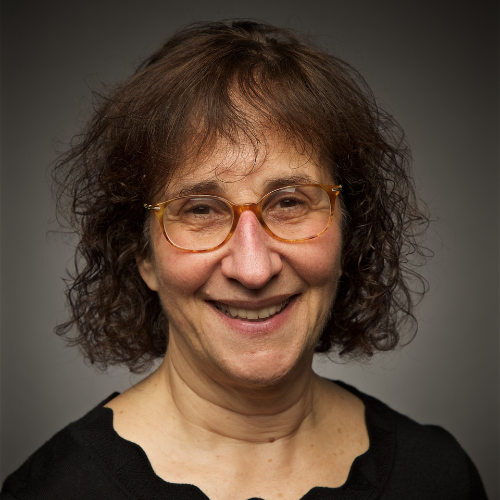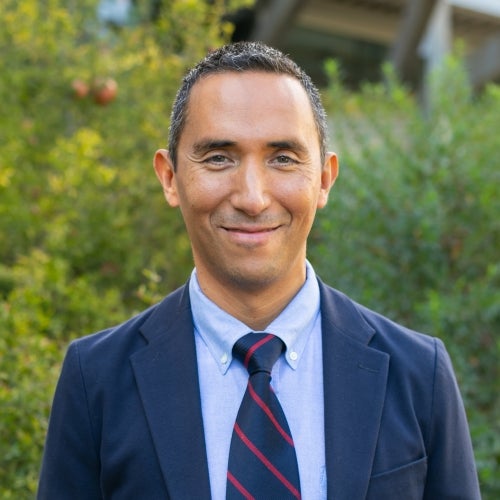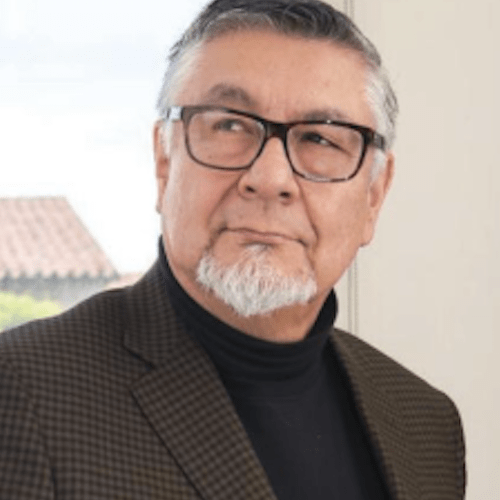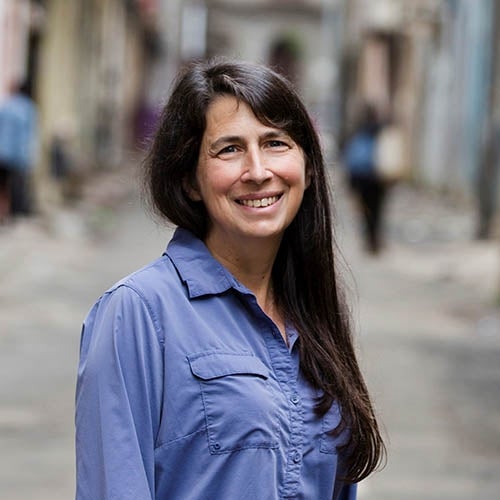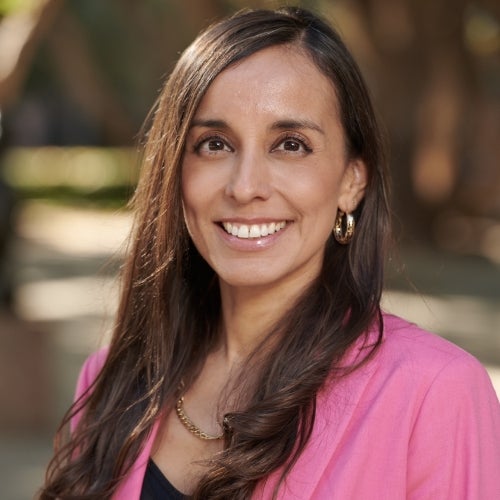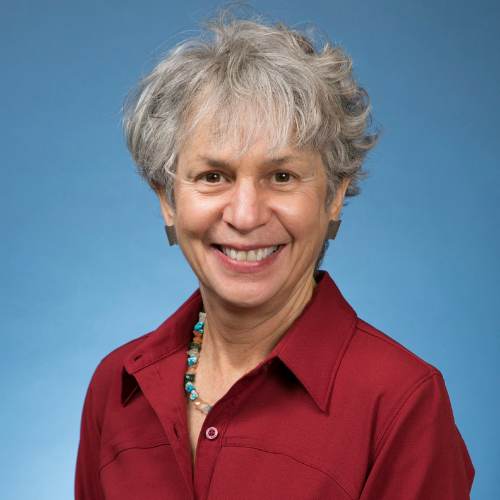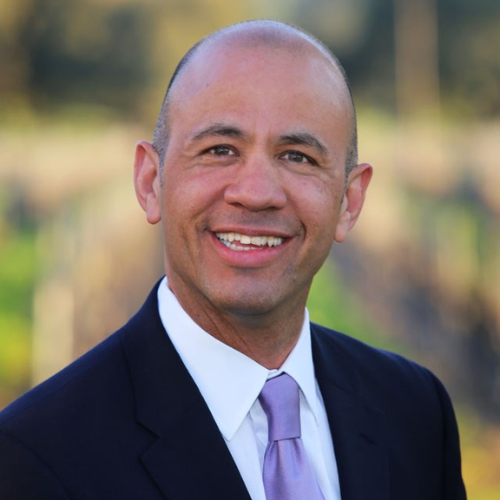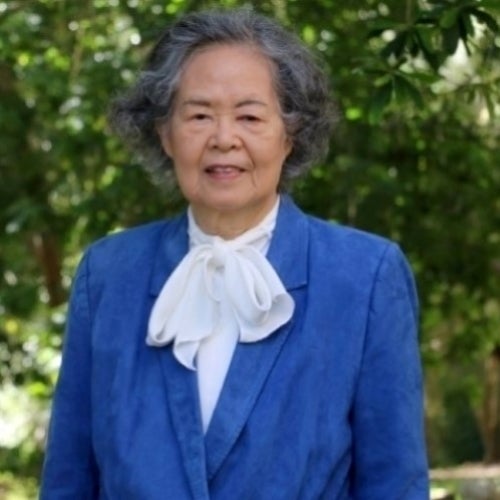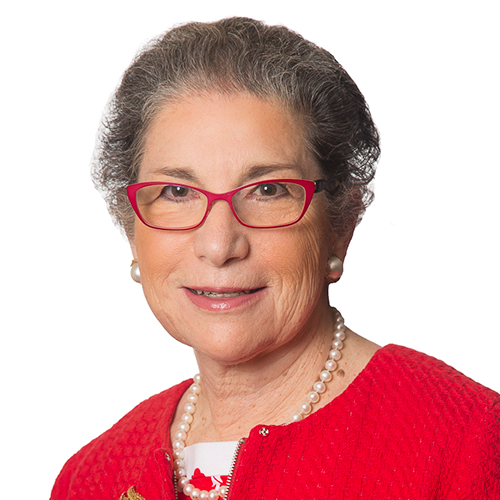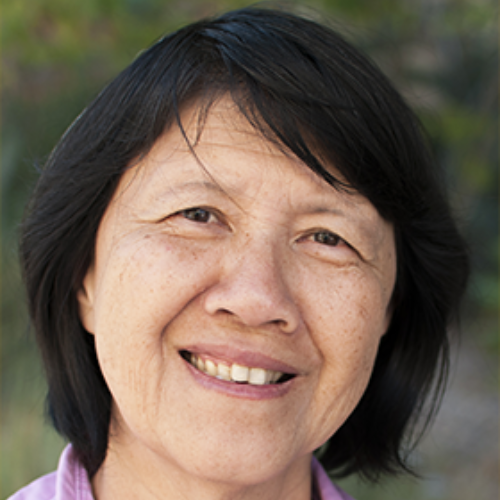Brazil has improved health care for all, but inequalities persist
Journal special edition is guest edited by UCLA FSPH professor of health policy and management, James Macinko.

Brazil, through a combination of public policies and its Unified Health System, has significantly improved access to medical care for a wide swath of its population, but more can be done to eradicate health inequalities there, according to a special edition of the International Journal for Equity in Health.
The edition is guest edited by James Macinko, a professor of health policy and management and of community health sciences at the UCLA Fielding School of Public Health, and Celia Szwarcwald, professor at the Oswaldo Cruz Foundation. It provides the first comprehensive study of health inequalities in Brazil using data from the 2013 Brazilian National Health Survey.
Collectively, the papers summarize the progress made in reducing Brazil’s traditionally large gap in health status and in access to health care, while highlighting important areas that require additional efforts.
“By presenting this panorama together in one issue it is hoped that it will reinforce calls to strengthen health and social programs within Brazil and also contribute to the larger global conversation and burgeoning social movement to prioritize actions that tackle the social determinants of health and well-being,” Macinko said.
The 14 papers examine the way quality of life, chronic diseases, violence and injuries, health behaviors, and access and use of health care services differed among Brazil’s geographic regions and across its culturally and socioeconomically diverse population.
All papers can be viewed at http://www.biomedcentral.com/collections/HIB
Quality of Life
- “Inequalities in healthy life expectancy by Brazilian geographic regions: findings from the National Health Survey, 2013,” finding wide disparities by geographic regions, with the worst indicators in the poorest North and Northeast regions. For men and women age 20, estimates of healthy life expectancy (the number of additional years expected to be lived in good health) in the richer South and Southeast regions were 6.2 years higher than in the poorer North and Northeast, for both women and men.
- “Socioeconomic inequalities in formal and informal care for older Brazilians,” finding functional limitations in 30 percent of Brazilians age 60 and over, with one-quarter of these needing help performing at least one basic living function. The wealthiest were less likely to need help, but when help was needed were more than twice as likely than those in lower socioeconomic groups to receive formal care, while the poor primarily relied on informal care from family and friends.
Chronic Diseases
- “Social inequalities in the prevalence of self-reported chronic non-communicable diseases in Brazil,” finding that 45 percent of the Brazilian adult population reported having at least one non-communicable disease such as diabetes, hypertension and chronic kidney failure, with the prevalence being greater among women, individuals over age 55, individuals who are illiterate or did not complete their elementary education, and people living in the country’s southeastern, southern and central-western regions.
- “Time trends in adult chronic disease inequalities by education in Brazil: 1998-2013,” finding that the prevalence of diabetes and hypertension increased during the period, though heart disease decreased; also, adults with no formal education had higher levels of diabetes (48 percent higher), hypertension (18 percent) and heart disease (22 percent) than those with some college or more.
- “Inequalities in access to treatment for depression: results of the Brazilian National Health Survey,” showing the general prevalence of depression was 7.9 percent, with 78.8 percent of that group not receiving any treatment and 14.1 percent receiving only pharmacotherapy; the poor, non-white, and those living in areas with scarce mental health resources had more difficulty accessing mental health care.
- “Educational inequalities and self-reported hypertension: complex patterns in intersections with gender and race in Brazil,” finding that age-adjusted prevalence of self-reported hypertension was 18.8 percent and 23.6 percent among men and women, respectively. Black and brown women had a higher prevalence than white women (26.2 percent, 25 percent and 22.1 percent, respectively), but no racial differences were found among men. In addition, there was an inverse association between hypertension and educational attainment among white and brown women, but not black women; among men, there was a suggestion of a direct association among whites and browns, but not blacks.
- “Regional and social inequalities in the performance of Pap test and screening mammography and their correlation with lifestyle,” finding that 78.8 percent of women had received a Pap test and 54.5 percent had undergone a mammogram, with access for these screenings higher for women in the more developed Southeast and South and among women who were white-skinned, better educated, living with a partner and covered by private health insurance.
Violence and Injuries
- “The impact of federal violence against women law on intimate partner violence in two states in Brazil,” finding an increase in reported prevalence of physical violence and a decrease in reported prevalence of sexual and psychological violence.
- “Inequality in road traffic injury determinants by road users in Brazil, 2013,” finding that road traffic injuries were highest in the nation’s poorest North, Northeast and Central West regions, with injuries involving motorcycles contributing significantly, particularly among black or brown-skinned males age 18 to 29 having less than a high school education and who drink alcohol.
Health Behaviors
- “Social inequalities in health behaviors among Brazilian adults,” finding significant social inequalities, including more smoking, leisure-time physical inactivity, sedentary lifestyle, whole milk consumption and low ingestion of greens, vegetables and fruits among the less educated, in the non-white population and among those without private health insurance. Men had higher rates than women of smoking, hazardous alcohol consumption and fatty meat consumption, and ate fewer greens, vegetables and fruits.
Access and Use of Healthcare Services
- “Changes in health care inequity in Brazil between 2008 and 2013,” finding that the proportion of doctor and dentist visits increased during that period, while hospitalizations declined. In 2013 doctor visits, which increased significantly, were skewed toward the rich while the distribution of hospitalizations shifted from the rich in 2008 to neutral in 2013. Dentist visits were also skewed toward the rich.
- “Inequalities in healthcare utilization: results of a Brazilian National Health Survey, 2013,” showing that only 0.7 percent of the population never visited a physician, 3.3 percent never visited a dentist, 3 percent never underwent blood pressure screening, 11.5 percent never underwent blood glucose screenings, and 15 percent never utilized at least one of these services. The study found a higher likelihood of underutilization of healthcare services among individuals of the lowest economic class “Class E”, younger adults, those with no formal or incomplete primary education, males, and those lacking private health insurance – largely among the most vulnerable groups.
- “Coverage and equity in reproductive and maternal health interventions in Brazil: impressive progress over the last four decades,” finding steady increases over time in use of modern contraceptives, antenatal care, institutional delivery and Caesarean sections via the Brazilian Unified Health System (SUS), which is the nation’s free health care system. Antenatal and institutional delivery coverage was above 90 percent and use of contraceptives was 83 percent. On a less positive note, however, C-sections reached 55 percent. Wealth inequalities markedly fell for all the areas surveyed except for C-sections.
- “The effect of the Family Health Strategy on usual source of care in Brazil” showed very high rates of people reporting any type of usual source of healthcare (74.4 percent) and more than one third reporting primary heathcare as their usual source. Household enrollment in the Family Health Strategy was positively associated with having any usual source of healthcare. Family Health Strategy enrollment was negatively associated with reporting emergency/urgent care facilities as one’s usual source of healthcare.
The Brazilian Ministry of Health funded the survey (the 2013 Brazilian National Health Survey) and provided partial support for the publication of the special issue, but had no role in the analysis or interpretation of data, the writing of any manuscripts, or the decision to submit manuscripts for publication.
Faculty Referenced by this Article

Professor of Community Health Sciences & Health Policy and Management, and Associate Dean for Research

Robert J. Kim-Farley, MD, MPH, is a Professor-in-Residence with joint appointments in the Departments of Epidemiology and Community Health Sciences
Nationally recognized health services researcher and sociomedical scientist with 25+ years' experience in effectiveness and implementation research.

Assistant Dean for Research & Adjunct Associate Professor of Community Health Sciences

Dr. Michelle S. Keller is a health services researcher whose research focuses on the use and prescribing of high-risk medications.

Director of Field Studies and Applied Professional Training

Dr. Ron Andersen is the Wasserman Professor Emeritus in the UCLA Departments of Health Policy and Management.

EMPH Academic Program Director with expertise in healthcare marketing, finance, and reproductive health policy, teaching in the EMPH, MPH, MHA program





